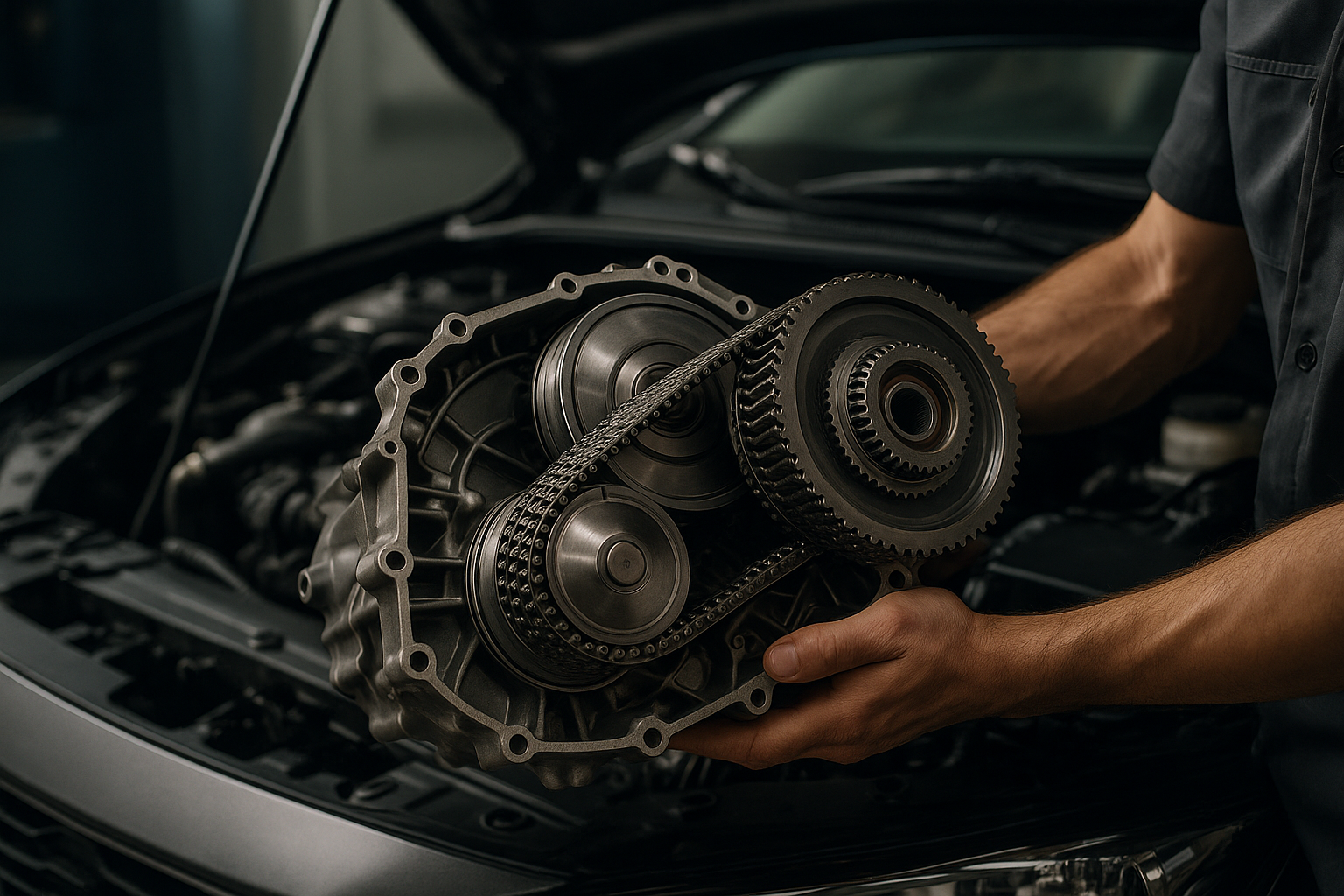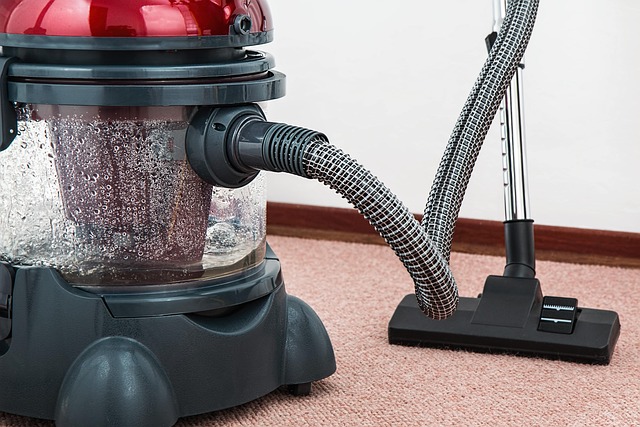Exploring Used Transmissions: An Affordable Vehicle Performance Solution for 2025
Rising repair bills and parts shortages have many drivers looking for practical ways to extend a vehicle’s life. Used transmissions can be a cost-conscious option when sourced carefully, inspected properly, and installed by qualified technicians. This guide explains how they work, what to expect for 2025, and how to shop smart for value and reliability.

Buying a used transmission can restore drivability at a fraction of the cost of a new or remanufactured unit, especially as parts markets continue to fluctuate in 2025. Success depends on understanding fitment, assessing condition, and planning for installation and maintenance. Below, you’ll find plain‑language guidance on how used transmissions are sourced, what advantages they offer, the types available, where to look in your area, and how to keep one running reliably after installation.
Understanding used transmissions
Used transmissions typically come from donor vehicles that were totaled for reasons other than powertrain failure, fleet retirements, or recycling programs. Reputable recyclers inventory units by VIN, mileage, and option codes, then grade, leak‑test, and store them. For compatibility, decode your VIN, match transmission code, final drive ratio, and electronics (such as TCM/solenoid packs). Modern vehicles may require reprogramming after installation; confirm your shop can perform adaptations and software updates. Always ask for mileage documentation, compression or pressure test notes if available, and written terms on returns or exchanges.
Advantages of used transmissions
The most cited advantage is lower upfront cost. A used unit can restore functionality quickly when a rebuild would take longer or exceed the car’s value. Availability is another plus: common models have wide donor pools, helping drivers get back on the road faster. Environmental benefits matter, too—reusing large assemblies reduces manufacturing demand and waste. Many recyclers offer limited warranties (often 30–180 days on parts) that cover defects in the unit itself. When the vehicle is otherwise sound and you plan to keep it for a few more years, a well‑vetted used transmission can be a practical, financially balanced choice.
Types of used transmissions
Options vary by design and condition. Traditional automatics (planetary gearsets with torque converters) are widely available. Manuals are often simpler and cheaper to purchase and install, though availability depends on model rarity. Continuously variable transmissions (CVTs) require extra scrutiny because maintenance history and fluid type strongly impact longevity. Dual‑clutch transmissions (DCTs) demand strict software compatibility and may need clutch adaptation. Sellers may classify used units as pulled‑and‑inspected, low‑mileage take‑outs, or “tested” units with limited bench verification. Remanufactured units, while not used, are sometimes cross‑shopped; they’re rebuilt with new wear components and carry longer warranties at higher cost.
Where to find used transmissions
You can locate units through national recyclers, regional salvage yards, and online marketplaces that aggregate inventory from thousands of dismantlers. Large recyclers maintain searchable databases with compatibility filters. Self‑service yards can be budget‑friendly for mechanically savvy buyers, but condition verification is harder. Online marketplaces list mileage, donor VINs, and warranty terms; use filters for your exact transmission code and model year range. For local services in your area, contact independent transmission specialists and general repair shops that source parts from trusted recyclers; they can help verify fitment, handle delivery, and manage installation details like programming and fluid specifications.
Maintaining used transmissions
After installation, use the exact fluid type specified by the manufacturer; modern fluids are highly formulation‑specific. Install or inspect the transmission cooler and lines to prevent overheating. Replace wear items such as the filter, pan gasket, axle seals, and the rear main seal if accessible. Clear fault codes, perform relearn procedures, and confirm TCM software is up to date. For CVT and DCT systems, ensure adaptation routines are completed with a capable scan tool. Drive gently for the first few hundred miles and recheck for leaks. Keeping records of mileage, fluid brand/spec, and programming dates will support any warranty claims and help future diagnostics.
Real‑world cost and comparison insights for 2025 Pricing varies by drivetrain, mileage, warranty length, and market availability. In many U.S. regions, used automatic transmissions commonly list below remanufactured options, while self‑service yards offer the lowest part prices with limited protections. Installation labor depends on vehicle layout and shop rates. The ranges below reflect typical advertised pricing; always confirm current quotes in your area, and remember that taxes, fluids, programming, shipping, and core charges may apply.
| Product/Service | Provider | Cost Estimation |
|---|---|---|
| Used transmission (salvage, graded) | LKQ Corporation | $900–$2,200 for common late‑model automatics; mileage/warranty dependent |
| Used transmission (self‑service yard) | Pick‑n‑Pull | ~$150–$500 for the unit; limited testing; buyer removes part |
| Used transmission (aggregated listings) | Car‑Part.com network sellers | $700–$1,800 typical listings; varies by mileage and region |
| Used transmission (online marketplace) | eBay Motors sellers | $600–$1,800 listing ranges; seller ratings and return policies vary |
| Remanufactured transmission (for comparison) | Jasper Engines & Transmissions | $2,800–$4,800+ for unit; longer warranty than used |
| Professional install labor (vehicle‑dependent) | Independent or chain repair shops | $600–$1,800 labor; add fluids, programming, mounts as needed |
Prices, rates, or cost estimates mentioned in this article are based on the latest available information but may change over time. Independent research is advised before making financial decisions.
Conclusion
For many vehicles in 2025, a carefully sourced used transmission can be a sensible way to extend service life without overspending. Success comes from matching the exact unit, vetting sellers, understanding warranty terms, and budgeting for installation and programming. With proper maintenance and realistic expectations about age and mileage, a used transmission can deliver dependable performance and solid value over the remaining life of the vehicle.




